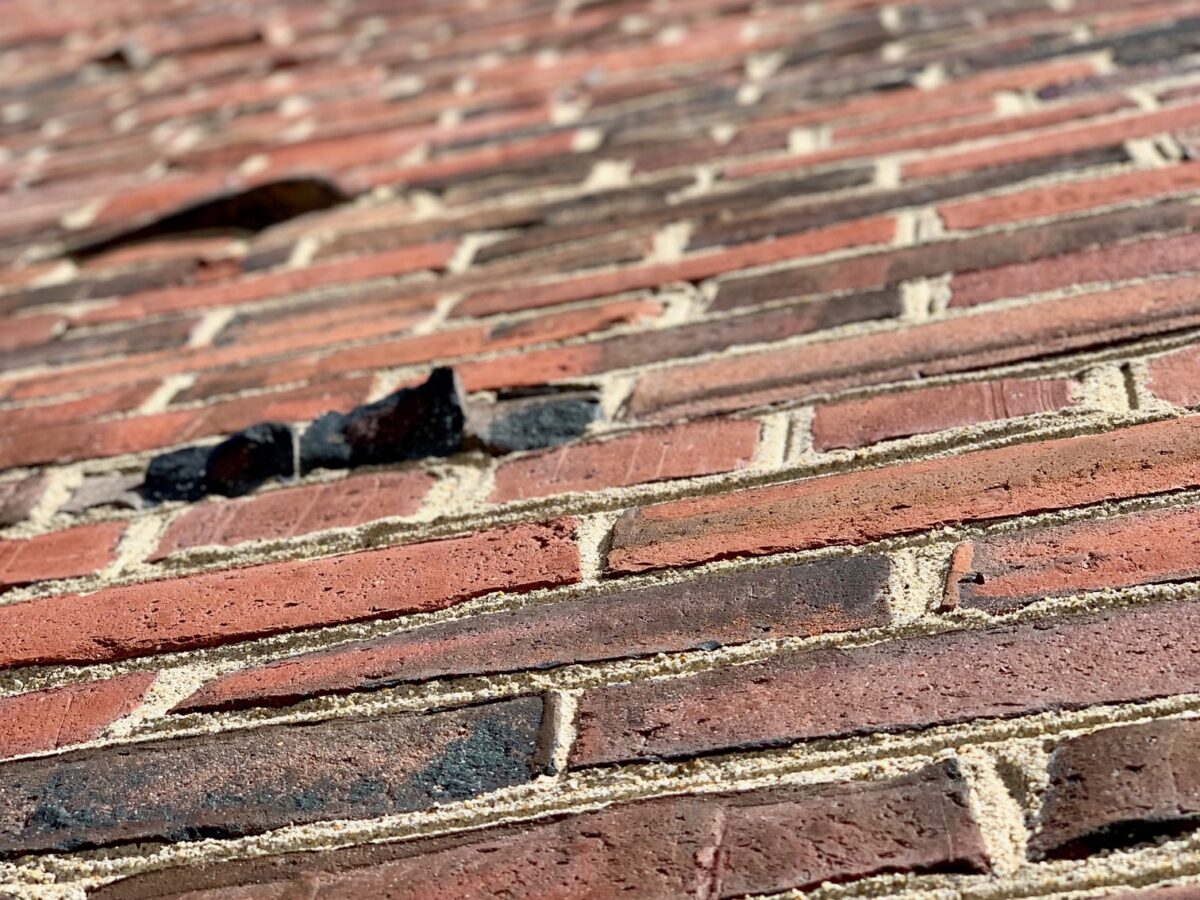Exeter Deconstructed: Eno bricks

Famed architect Louis Kahn knew brick. Brick spoke to Kahn, and — as it turns out — Kahn spoke back.
“You say to Brick, ‘What do you want, Brick?’” Kahn told students at the University of Pennsylvania more than 50 years ago, captured in a 2003 documentary made by his son. “And Brick says to you, ‘I like an arch.’ And if you say to Brick, ‘Look, arches are expensive, and I can use a concrete lintel over you. What do you think of that, Brick?’ Brick says, ‘I like an arch.’ And it’s important, you see, that you honor the material that you use.
“You can only do it if you honor the brick and glorify the brick instead of shortchanging it.”
Kahn wasn’t the only one who appreciated brick. In 1966, shortly before Kahn was chosen by a faculty committee to design a new library, the Academy bought up the entire 2-million-brick supply of the Eno Brickyard of Exeter when the company went out of business. Many of the PEA buildings constructed during the first half of the 20th century, including the Academy Building and Dunbar Hall, are made of Eno bricks. The Academy still owns two pallets from that last batch.
Eno produced distinctive water-struck bricks, famed for their durability, rough texture and irregular color. Boston architect David Fixler calls water-struck bricks the “essential building block of Georgian New England,” emblematic of the region’s mindset: “Hard, steadfast but unpredictable, and stubbornly able to withstand adversity.”
Eno’s water-struck bricks were the perfect building blocks in the hands of an artist like Kahn, and he used them liberally in his Exeter work. On April 1, 1969, construction began on what would become the Class of 1945 Library (and its less-celebrated cousin, Elm Street Dining Hall). More than 420,000 Eno bricks were used in the library’s exterior face, with hundreds of thousands more used in the interior and surrounding paths.
At the library’s dedication ceremony on Oct. 21, 1972, Principal Richard Day praised the architect’s creation: “We are grateful to Louis Kahn, whose genius quickly caught the spirit of the place and created the design for this beautiful building, which will stand as an encouragement to great human endeavor,” reported The Exonian.
The bricks were not quoted in the story.